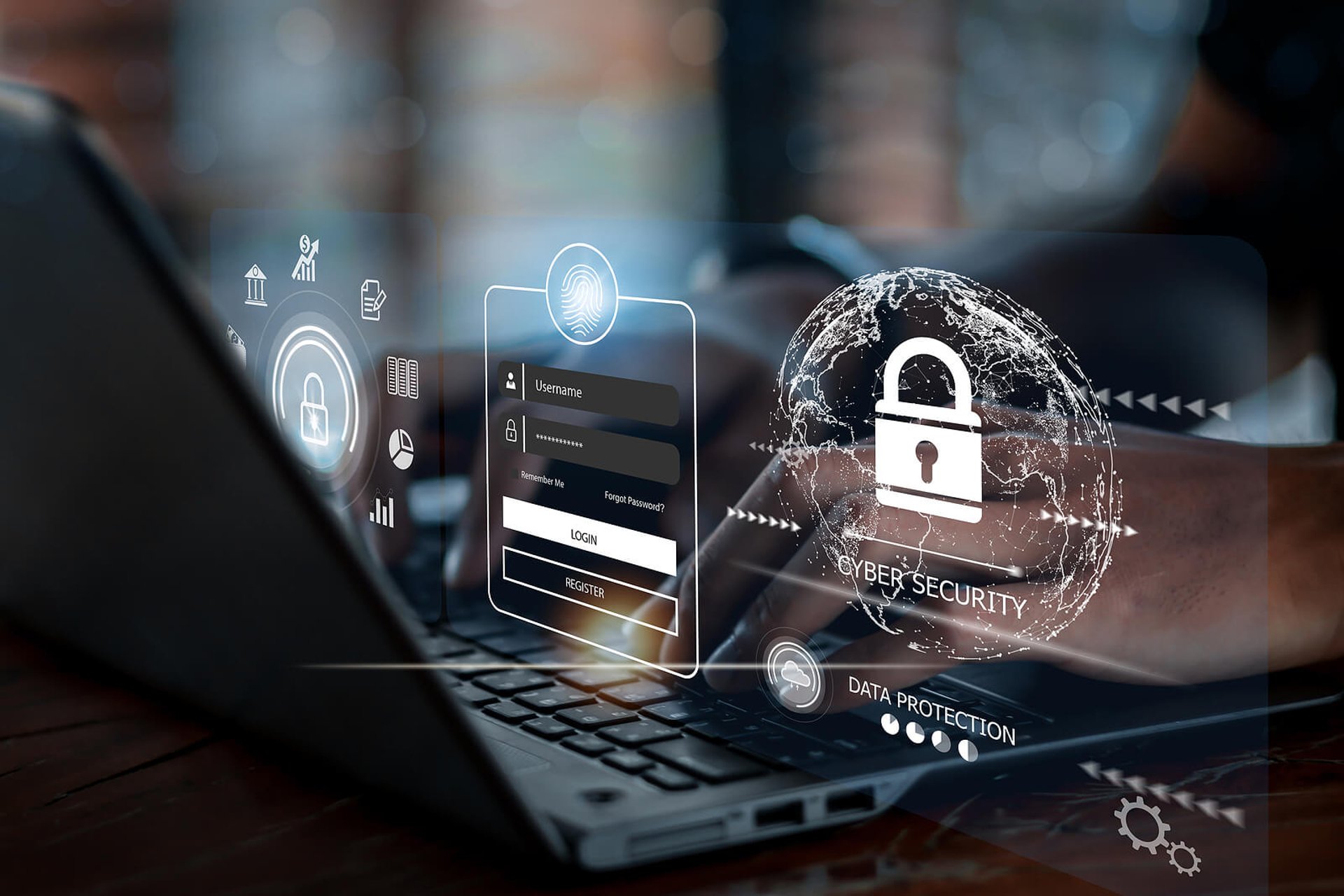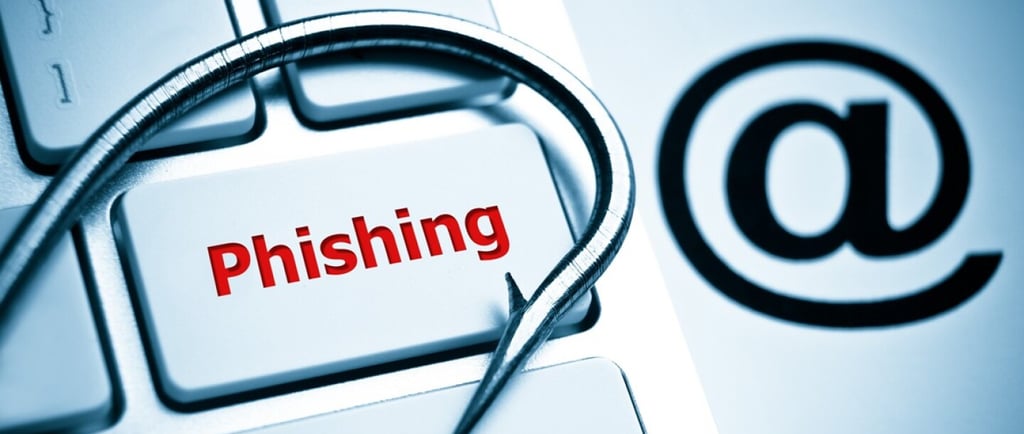
Phishing has evolved
The Evolving Art of Phishing
Shane Brown
3/4/20253 min read


The Evolving Art of Phishing
Cybercriminals are continuously refining their techniques to trick unsuspecting targets, and phishing remains one of the most effective—and dangerous—tactics in their arsenal. In today’s post, we break down the emerging trends in phishing and social engineering, explaining who’s behind these attacks, what they are doing, when and how these attacks occur, and where they are taking place.
Who’s Behind the Attack?
Phishing attacks are not the work of faceless criminals alone. They are often orchestrated by organized cybercrime groups and sometimes by state-sponsored entities. For instance:
Organized Cybercriminals: Groups like TGR-UNK-0011, as tracked by security researchers, are known to pivot from defacing websites to launching phishing campaigns to steal credentials and financial information.
State-Sponsored Hackers: Occasionally, even more sophisticated attackers, including those with ties to national cyber operations, have been observed employing social engineering tactics.
These attackers use publicly available information to tailor their lures, often impersonating trusted companies, colleagues, or even governmental agencies.
What Are They Doing?
Phishing isn’t just about sending a deceptive email. Modern attackers are diversifying their methods:
Misusing Cloud Services: Some attackers exploit misconfigurations in cloud platforms like AWS to send phishing emails without raising immediate red flags.
Social Media Exploitation: Platforms like LinkedIn have become targets, where attackers use fake profiles or hijacked accounts to reach potential victims. Recent reports include attempted LinkedIn breaches targeting high-profile companies.
Advanced Social Engineering: Techniques like the “ClickFix” trick hide malicious commands behind seemingly innocuous HTML attachments. These emails often mimic the look and feel of legitimate communication—sometimes even appearing to come from internal IT departments.
When Are These Attacks Occurring?
Phishing attacks can occur at any time, but recent trends show that attackers:
Exploit Busy Periods: They often strike during times of high email traffic—such as the start of the workweek or during major corporate events—when recipients are more likely to click on a link without scrutinizing it.
React to Global Events: Cybercriminals sometimes launch campaigns in the wake of major news events or during periods of heightened digital activity, capitalizing on the chaos and distraction.
Recent examples include targeted campaigns reported as recently as March 2025, demonstrating that these tactics are both timely and continuously evolving.
How Do They Execute These Attacks?
The execution of these phishing attacks involves a blend of technical prowess and psychological manipulation:
Exploiting Vulnerabilities: Attackers take advantage of misconfigurations in systems and platforms, using them to send out legitimate-looking emails.
Crafting Convincing Lures: They invest time in designing emails that mirror trusted brands and often incorporate urgent language—forcing users to act quickly without verifying details.
Leveraging Multi-Stage Attacks: Many attacks use a multi-layered approach where an initial email lures the victim to click a link, which then triggers a download of malicious software (e.g., a PowerShell script) that opens the door to further exploitation.
Where Are These Attacks Taking Place?
Phishing campaigns aren’t confined by geography—they are truly global:
Across the Digital Landscape: Whether via email, social media, or cloud-based services, these attacks reach users wherever they are connected. A recent case involved a UK-based nuclear waste management firm that faced a LinkedIn-targeted phishing attempt.
Targeting Organizations Worldwide: From large multinational corporations to small businesses, no sector is immune. Industries like finance, healthcare, and government are particularly attractive due to the high value of the data they handle.
In the Cloud: With the increased reliance on cloud services, attackers are increasingly using these platforms to both launch and hide their phishing campaigns.
Conclusion
Phishing and social engineering are far from relics of the past—they have evolved into sophisticated, multi-layered attacks that can occur anywhere, anytime. Staying informed about who is behind these attacks, what methods they use, when they are most active, how they execute their schemes, and where they are most prevalent is critical for both individuals and organizations. By understanding these factors, you can better prepare and fortify your defenses against the ever-changing threat landscape.
Sources for Further Reading
The Hacker News – Trusted insights on phishing and cyberattacks.
Cybercrime Magazine – Daily updates on emerging cyber threats.
Sand Diego Cybersecurity Blogs – In-depth coverage of the latest cybersecurity trends.
Cybereason Blog – Analysis of advanced phishing techniques and incident responses.
Adarma Cyber Security News – Insights and expert commentary on social engineering attacks.
By staying vigilant and continuously educating yourself on the latest phishing tactics, you empower your organization—and yourself—to recognize and neutralize these threats before they can cause harm. Stay safe and informed!
Innovate
Building websites and securing your digital presence.
Connect
Support
Info@sinistergatedesigns.com
© Sinister Gate Designs, LLC 2025. All rights reserved.
